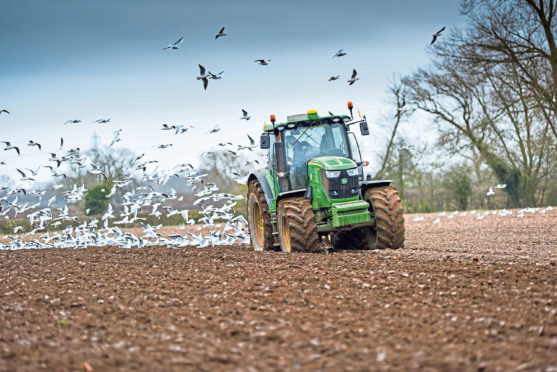Agriculture has always been seen as a steady occupation, however it does have its fair share of ups and downs.
I don’t think any of us are involved in the industry for fame and fortune, rather because we believe in the industry and the work it does to produce food, and care for the natural environment and because we are passionate about it.
This comes in handy when there is currently very little fortune and not so much fame to be had!
I can’t remember a time in my life when agriculture wasn’t seeming to go through some form of transition – although the current situation trumps almost all to have gone before it.
We have recently heard a lot of commentary which appears to play off food production against caring for the environment, where certain land use is deemed acceptable or positive but others are not. It is often nuanced in its thinking without the understanding of the nuance.
For example, “factory farming” is terrible (I still haven’t seen this defined anywhere), yet “family farms” have a positive role. Tourism is good for the economy, but country sports (or blood sports) aren’t.
The pejorative terms provide little help when it comes to understanding the true impact, positive or negative, of an activity.
Similarly we have seen food production pitted against the environment in recent publications, including the Climate Change Committee which suggests a reduction of output from UK agriculture and more land being used to produce energy crops.
Again the full implications need to be fully understood – energy crops are a good source of renewable energy, but that can’t be at the expense of soil quality and carbon storage within it.
Similarly reducing food production in the UK for climate reasons is futile if we happily import from countries with lower or unknown production standards.
The conversation around net-zero feels overly simplistic and difficult to make properly informed decisions on the basis of a single metric.
A recent motion to declare a “Nature Emergency” in the Scottish Parliament was unsuccessful, however it does point out there are far wider implications which require to be understood and addressed very soon.
In early 2021 attention will turn to the Scottish Government’s Third Land Use Strategy, which with a consultation which closes on January 17, does appear to take into account and try to join up many of these competing issues.
The shape and composition of Regional Land Use Partnerships should also become clearer at the start of 2021.
It was a clear recommendation from the Scottish Land Commission that there must be representation at all levels of people with experience of land management, and it is vital that this voice is heard and can have an influence on decisions which will impact on all of rural Scotland.
In terms of agricultural policy direction, we hope the sector doesn’t have to wait much longer to see the Scottish Government’s post-Common Agricultural Policy (Cap) vision.
The publication of the Suckler Beef Climate Group Report as well as other groups for arable, to be led by Andrew Moir, and dairy, will provide a glimpse at the many opportunities available for farmers to reduce emissions whilst maintaining or boosting productivity.
I hope the long-awaited Farming and Food Production Future Policy Group report not only arrives soon but provides Government with the confidence that the sector is both able and willing to tackle emissions and biodiversity loss.
With all of these groups, and others already in place reporting, there will certainly be no shortage of evidence and opinions.
- Stephen Young is head of policy at Scottish Land and Estates.
